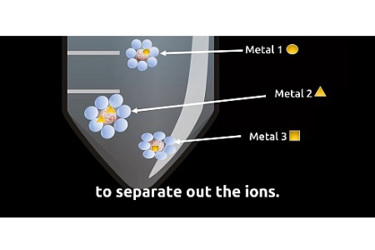Toxic Heavy Metals Contamination – A Faster, Simpler Way To Test

Finding out if the food and water we consume are safe from toxic heavy metals, can now be much faster and simpler. Researchers at the University Johannesburg developed an efficient and more sensitive method to test for dangerous levels of toxic heavy metals, like arsenic, cadmium and chromium in vegetables and water. The method can be used to test other foods also.
“The study provides a simple, fast and sensitive method for laboratories with limited resources. The research results can also improve food quality for consumers,” says lead author Prof Philiswa Nomngongo. She is the SARChI Chair: Nanotechnology for Water at the University of Johannesburg.
“The method is environmentally friendly and conforms to green analytical chemistry principles. It does not introduce secondary pollution.”
Toxic heavy metals like mercury, arsenic and cadmium should not get into our food and drinking water. But due to mining, various industries and agricultural practices, these can end up in vegetables and even in bottled water at toxic levels. Worse, it is time-consuming and complex to find out which trace metals, and how much, are present in vegetables.
Previous studies used similar methods, but for analysis of organic pollutants says Dr Luthando Nyaba, co-author of the study, also at the University of Johannesburg.
“This is the first time where a clay-based adsorbent is combined with a cloud point extraction method for simultaneous analysis of trace metals in vegetables and palatable water,” he says.
“In this method, we convert solid vegetable samples into liquid form. This makes it possible to directly analyse trace metals with a suitable analytical instrument. Direct, simultaneous analysis means that more vegetable samples can be analysed at the same time, and quicker than was possible before,” adds Nyaba.
Source: University of Johannesburg, South Africa
